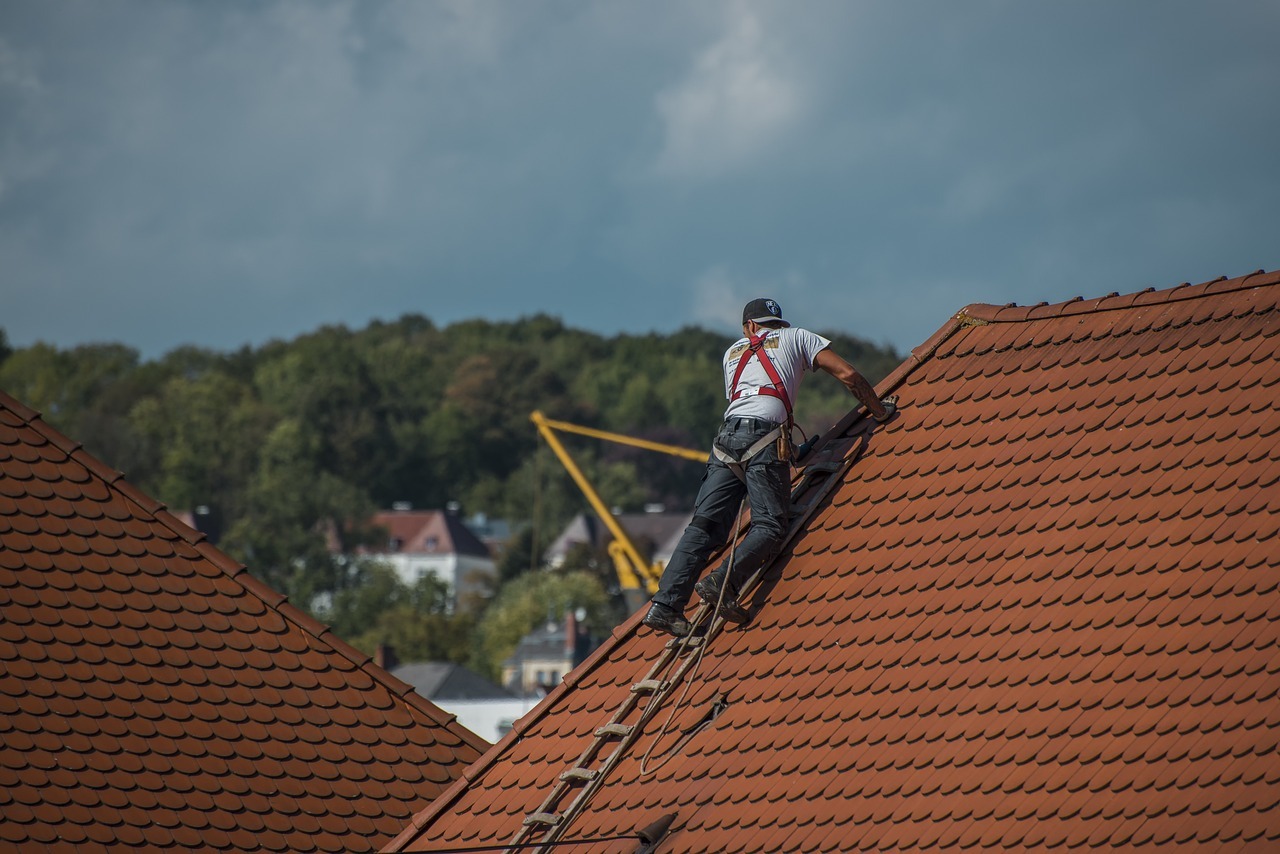Texas is known for its harsh weather conditions, from scorching sun to strong winds and hailstorms. With such extreme elements battering your home regularly, it is essential to have a sturdy and durable roof to protect you and your valuable possessions.
Not only does a new roofing system provide safety and security, but it can also enhance the curb appeal and increase the overall value of your property. This article will guide you through the process of replacing or installing a new roof, offer tips for getting a new roof, and help you make informed decisions about materials, costs, energy efficiency, and hiring professionals.
Choosing the Right Materials
Selecting the right materials plays a crucial role in determining how well your new roof will perform against Texan weather conditions as well as its lifespan. Here are some popular options available in the market:
- Asphalt Shingles: The most common roofing material used across the United States due to being cost-effective and relatively easy to install. Asphalt shingles are available in various colors matching every architectural style.
- Metal Roofs: Ideal for Texan properties due to their high resistance against wind damage, metal roofs are lightweight roofing options that emit less heat and are low-maintenance.
- Slate Tiles: An aesthetically beautiful choice known for its durability, fire resistance, waterproof quality, slate tiles can last more than a century.
- Clay/Concrete Tile Roofs: Popular roofing option among southwestern homeowners because of their traditional aesthetics combined with durability against difficult weather conditions.
Before making a decision on which material best suits your needs, evaluate factors such as budget constraints, local building codes, and the climate in your region. Remember that investing in quality materials from reputable manufacturers can help you save on long-term repair costs.
Energy-Efficient Roofing Options
To ensure your new roof is energy-efficient throughout the years, consider these options:
- Cool Roofs: These are designed to reflect sunlight and minimize heat absorption through the use of reflective paints, sheets, or tiles. By reducing the temperature of your roof surface and interior space, they lead to significant energy savings by cutting down on cooling expenses.
- Radiant Barrier Systems: Radiant barriers are installed below the roofing material during its installation to reflect radiant heat away from the attic. This reduces thermal transfer between your living spaces and the attic area, keeping rooms cooler in summer months.
- Proper Insulation: Make sure a new roofing system involves installing proper insulation for climate control inside your property. Talk to certified professionals who can recommend an appropriate R-value required for optimal insulation thickness based on regional demands.
Cost Factors for New Roof Installation
Installation of a new roofing system is undoubtedly an investment but one that pays off over time through increased home value and reduced energy bills. When calculating expenses, consider the following cost factors:
- Material Costs: Higher-end materials like slate or copper may add considerable expense upfront but typically last longer than cheaper alternatives such as asphalt shingles.
- Labor Costs: Labor fees will vary based on local rates and may increase during peak seasons or with specialized services.
- Disposal and Permit Costs: Be sure to factor in expenses related to waste disposal and obtain any necessary building permits.
Finding a Professional Roofer in Texas
Investing in an experienced professional roofer means having peace of mind that your roof installation is secure, well-executed, and safe. To find qualified professionals:
- Ask friends, family, or neighbors for recommendations.
- Check online directories, review websites, or look through social media for local companies with excellent reviews.
- Verify licenses and insurance coverage by contacting the company directly or refer to your state licensing boards online resources.
- Prioritize contractors offering labor warranties on their services alongside material warranties provided by manufacturers.
Conclusion
When it comes to replacing a roof in Texas, there are several factors to consider. To make the best decision possible for you and your home, take into account the materials suited for your region’s climate conditions, strive for energy efficiency options, understand cost factors involved, and seek out reliable roofing professionals. Investing wisely in a new roofing system ensures a durable shield against harsh Texan weather while enjoying enhanced aesthetics along with peace of mind during long-lasting transformational years ahead.
